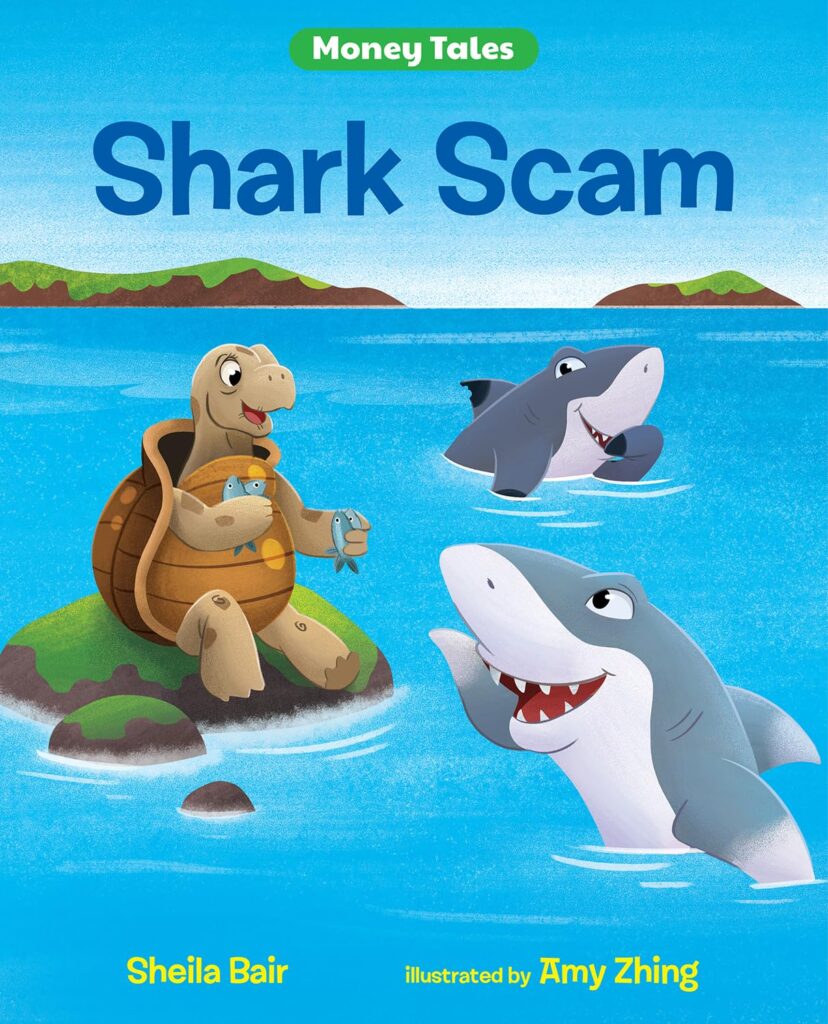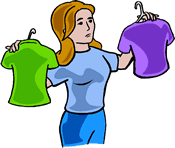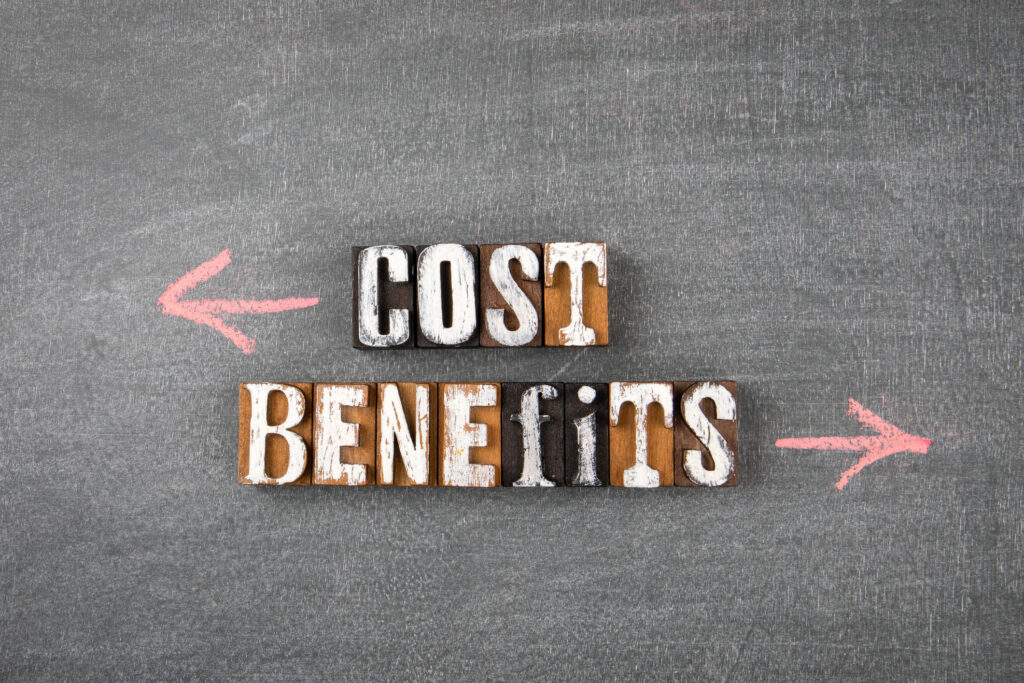
Content Partner
Grades 3-5

Don't have an account yet? Sign up for free
Don't have an account yet? Sign up for free

All resources are limited. It is this simple fact–scarcity–that forces us to make decisions. When we do make a choice, we pass up some other opportunity. Opportunity cost is defined as the next best alternative not chosen, or the alternative given up, when we make a decision. There are opportunity costs in making decisions about which movie you’d like to see at a certain time, how to spend your allowance, or deciding how to dress for Halloween.
 All resources are limited. It is this simple fact–scarcity–that forces us to make decisions. When we do make a choice, we pass up some other opportunity. Opportunity cost is defined as the next best alternative not chosen, or the alternative given up, when we make a decision. There are opportunity costs in making decisions about which movie you’d like to see at a certain time, how to spend your allowance, or deciding how to dress for Halloween.
All resources are limited. It is this simple fact–scarcity–that forces us to make decisions. When we do make a choice, we pass up some other opportunity. Opportunity cost is defined as the next best alternative not chosen, or the alternative given up, when we make a decision. There are opportunity costs in making decisions about which movie you’d like to see at a certain time, how to spend your allowance, or deciding how to dress for Halloween.
There are also opportunity costs in deciding how to use productive resources. Productive resources are anything used to make other goods and services. They include land, labor, capital, and entrepreneurship. When people choose to use a certain resource (lumber) to produce something–like a wooden boat, the opportunity cost is the next best thing they could have produced with that lumber–some school desks, perhaps.
Let’s take a look at a production process used to make something you use everyday and think of things that could have been made with the same productive resources. We will identify opportunity costs in production.
Go to the https://makezine.com/2014/09/09/how-crayola-crayons-are-made/ (R) web site to learn how crayons are made.
![]() 1. What two basic ingredients (productive resources) are used to make Crayola(R) crayons? [Paraffin wax and pigment are two basic ingredients (productive resources) are used to make Crayola(R) crayons. Explain that the pigment is used to provide the color in the crayons. The paraffin wax helps the crayon maintain its shape and transfer the pigment to the paper when the crayon is used.]
1. What two basic ingredients (productive resources) are used to make Crayola(R) crayons? [Paraffin wax and pigment are two basic ingredients (productive resources) are used to make Crayola(R) crayons. Explain that the pigment is used to provide the color in the crayons. The paraffin wax helps the crayon maintain its shape and transfer the pigment to the paper when the crayon is used.]
2. How are these two resources combined to become the crayons you find on the shelves at your local store? [The wax is pumped into large, heated kettles inside the plant and mixed with pigment and other ingredients.The crayon mixture is then pumped into a mold. This machine contains thousands of holes, each shaped like a crayon. The molten crayon mixture is injected into the mold, where it is chilled by cold water to harden. Each crayon gets a double-wrapped label. Crayons are then placed into sleeves by a collating machine, packed into a green and yellow Crayola box, and shipped to stores.]
Some Alternatives:
What other products can be made with paraffin wax? Make a list. [Note to teacher: Paraffin has therapeutic uses; it’s often used for soaking painful hands, elbows and feet for relief. It’s also the primary ingredient in most candles and lamp oil.]
If you’ve ever examined crayons and candles closely, you’ve probably guessed they’re made from similar ingredients. Let’s figure out about how many crayons you’d need to give up in order to have a candle about three inches high and two inches in diameter. Grab a bunch of crayons (no broken ones, please) and hold them in your fist. Have a friend hold a ruler across the top of the bunch of crayons and add or remove crayons until the diameter of the bunch is about two inches. Now, count the number of crayons you have in your hand. [There should be about 24.] If the paraffin wax used in producing the crayons you had in your hand had been used to make a candle instead, and if we generally agree that crayon production is the next best use for the wax, then the opportunity cost for producing a small candle would be all of those crayons. Think of that next time you see someone lighting a candle.
Make a list of other productive resources like wood, steel, workers, and cotton. Next, make a list of goods that can be produced from those resources. Do you have anything on your list of productive resources that can be used to produce more than one good? If so, identify the opportunity costs of producing those goods.
Go get a square piece of paper (a productive resource in this example.) Next, visit “Folds.net.”
Select your two favorite designs from the list. Since you have only one piece of paper, you will be able to produce only one of your two favorite designs. Which one will you produce? Which one is your opportunity cost of production? (The OTHER origami design not produced with the sheet of paper.)

Content Partner
Grades 3-5

Grades K-2, 3-5

Grades 9-12

Grades K-2, 3-5
